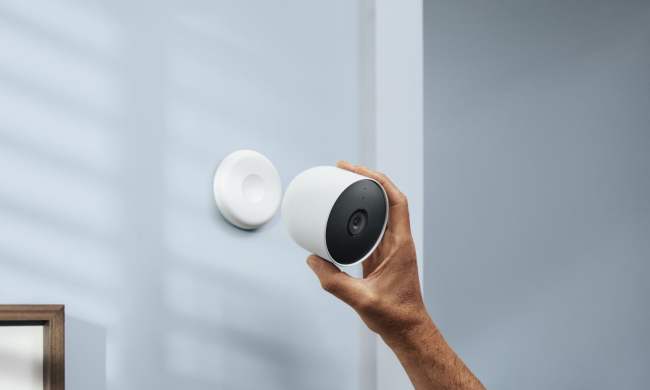While rumors of a possible Google acquisition of YouTube continue to foment—and draw pointed no-comments from both companies—the online powerhouses today announced significant new distribution deals with leading music distributors and a major broadcast network—and the deals may move Google and YouTube closer together.
Leading things off, Google has announced new music video distribution deals with Sony BMG and with Warner Music Group, both of which put the record companies’ extensive music video catalogs online for free via Google Video. Videos from both companies will be supported by advertisements, and both Sony BMG and Warner will be able to “monetize” the content via Google’s massive online advertising network and AdSense partners, eventually enabling Web publishers to earn money by displaying videos matching the tones and purposes of their sites. Google, Sony BMG, and Warner Music Group are also working to enable music fans to access music from the companies’ music libraries for use in user-generated productions. Sony BMG and Warner Music group will be able to earn money from the use of their artists’ music in user-generated content, or elect not to have particular material available for user “mashups” via Google.
Simultaneously—or, actually, about a half hour earlier—Sony BMG and Universal Music Group announced deals with video sharing site YouTube. The impact and scope of the deals is similar: users will be able to view (for free) and interact with videos from the Sony BMG and Universal Music Group catalogs, including enabling users to include music from the companies’ respective libraries in user-generated content using YouTube’s recently announced content identification architecture. Revenue derived from user’s use of the companies’ music will be split between YouTube and the distributors.
YouTube also announced a new pact with CBS Corp. through which CBS will provide short-form video to YouTube, including daily sports, news, and entertainment programming including college sports clips from CSTV, pro sports clips, short segments from CS primetime programming including Survivor,CSI, and The Late Show with David Letterman, , short videos from CBS news programming, and promotional lips from Showtime original series Brotherhood,Sleeper Cell, and The L Word. CBS will also utilize YouTube’s content identification system to identify and remove CBS content which has been uploaded to YouTube without permission—or, at CBS’s option, the material can be allowed to remain.
The similarity of the music deals—providing ways for music companies to “monetize” material distributed via Google and YouTube as well as creating legit mechanisms for users to produce their own content using copyrighted material—would seem to put Google Video and YouTube on similar footing from the points of view of (at least) a couple major labels. Whether additional media distributors are willing to follow suit—or whether the arrangements will work out for Sony BMG, Warner Music Group, and Universal—remains to be seen.


